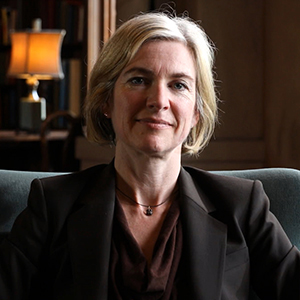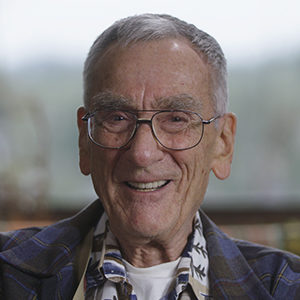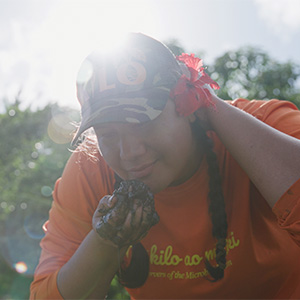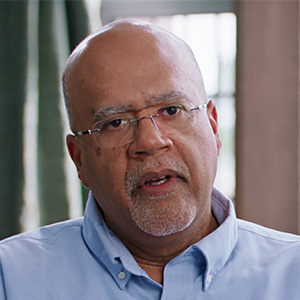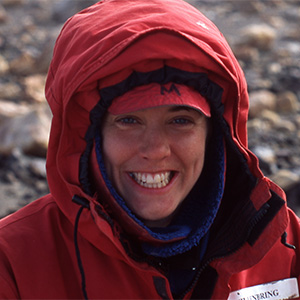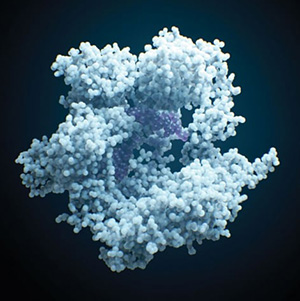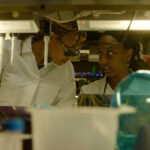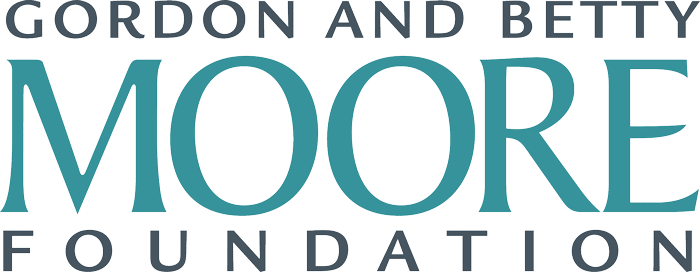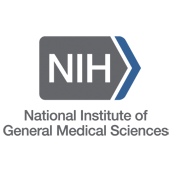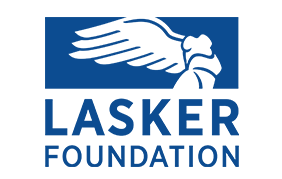We have partnered with Marina Ellefson, associate teaching professor in the Molecular and Cellular Biology department at UC Davis, to develop educator resources for the film. Marina teaches high-enrollment classes in upper and lower-division genetics for majors and non-majors. She also teaches a class on the history of cancer that intersects both science and society.
Here is what she had to say about the film and her strategy in developing the accompanying educational materials.
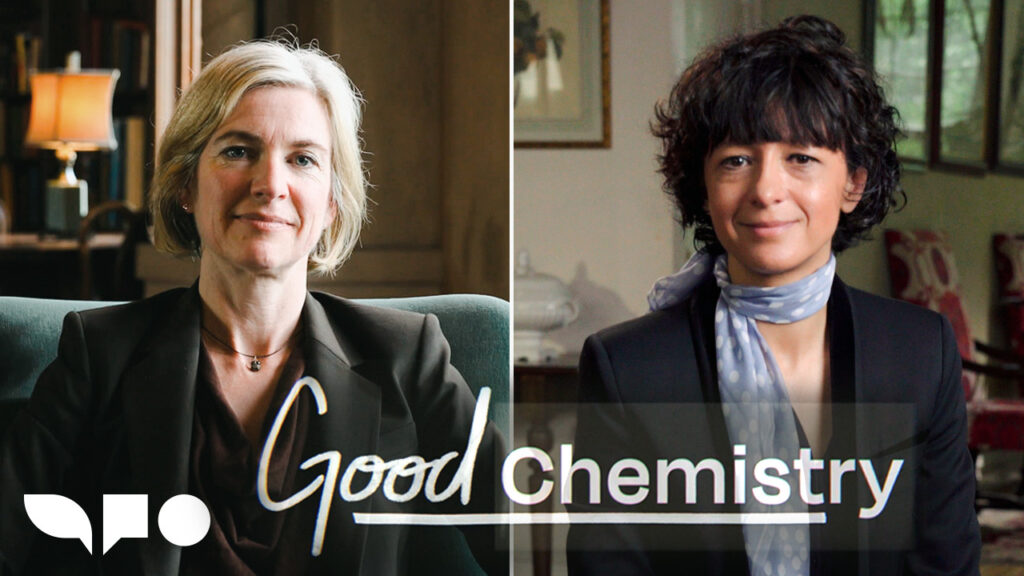
Elie: First of all, what did you think of the film?
Marina: I mean, I loved it! The intimacy with the researchers and meeting scientists in their lab was fantastic. This film did a great job of capturing the discovery process, showcasing unknowns and the scientists’ fundamental questions. It highlighted how basic research can lead to fundamental discoveries that impact science and technology.
This film also leverages storytelling to explain the basic science of how CRISPR works. It pulls people in and works amazingly for teaching science. Sure, I can tell stories of other people in class, but I can’t share first-hand accounts of the stories as the scientists who did the work. And so it’s fantastic to have this resource to engage students in the sequence of events that led to the CRISPR discovery.
Last, as an educator, I greatly appreciated the film’s length – just 13 minutes, perfect for class.

Elie: What made you interested in using film in your teaching?
Marina: There is a lot of research on online education showing how short videos are more effective for keeping students’ attention and learning.
During the pandemic, I would make short videos for my classes. But even before that, I noticed how much students nowadays are used to learning from videos. It’s easier for them to watch a video than pick up a book and read. So, that’s why I use videos in my teaching. Plus, my classes are very large, and free and open-access videos are a great way for me to provide resources in an equitable way.
Elie: What can you tell us about the educator resources for Good Chemistry, and how have you developed them?
Marina: When developing the educator resources, I used a backward design approach, starting with the overall learning objectives and outcomes I was expecting. Then, I built activities that not only tied into the film but also aligned with the genetics curriculum covering CRISPR and gene editing.
Following the 5 E model, I first wanted to engage students with thought-provoking questions, encouraging them to share what they already knew. After that, I aimed to promote exploration. I wanted them to take that initial understanding and dig deeper into the subject.
My ultimate goal was to develop questions and activities that other educators could easily adapt. I wanted the resources to be versatile and flexible, and I included additional materials to make the film adaptable across various teaching scenarios. So whether they’re teaching majors, non-majors, upper or lower division classes, they could pick and choose what to focus on: whether it’s the scientific aspects or the broader social, cultural, and ethical dimensions tied to genome editing and the scientific process.
Elie: Would you say that developing these resources has influenced how you teach CRISPR?
Marina: Absolutely! In my class, time is a precious commodity. I have a set of essential concepts that I need to cover, which often leads me to give less attention to the social, cultural, and ethical aspects. However, the opportunity to create these resources has prompted me to reconsider my approach. Beyond advancing scientific knowledge, I want to offer students the space to explore the historical context of discoveries, express their own perspectives, and address their concerns. I’m now inspired to carve out dedicated time and structure within my class to foster these discussions.
